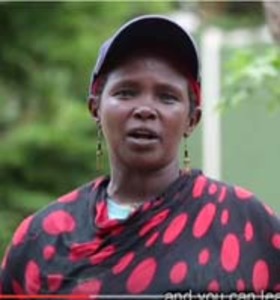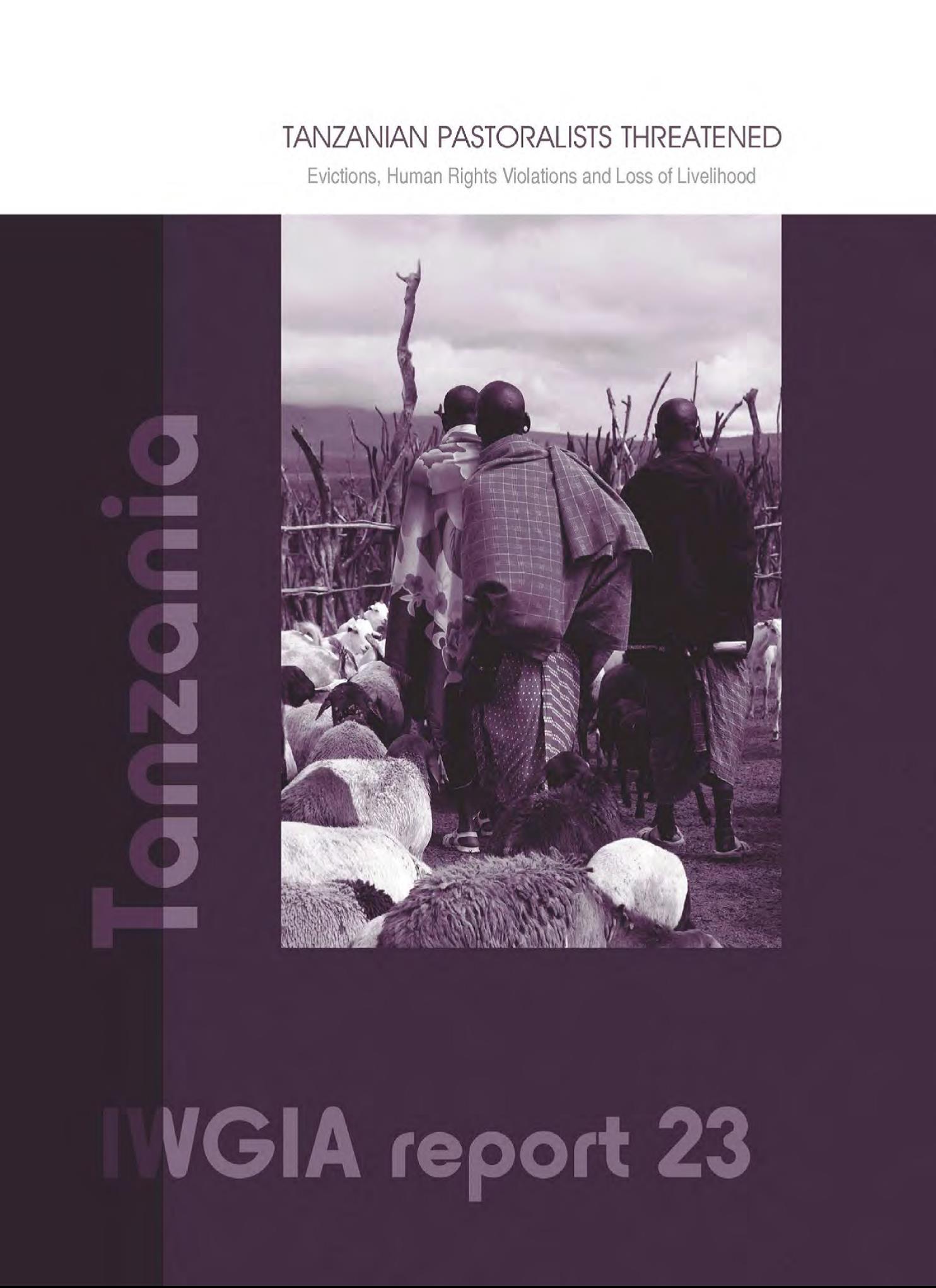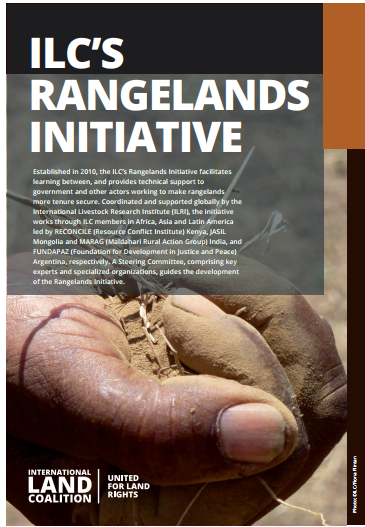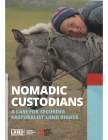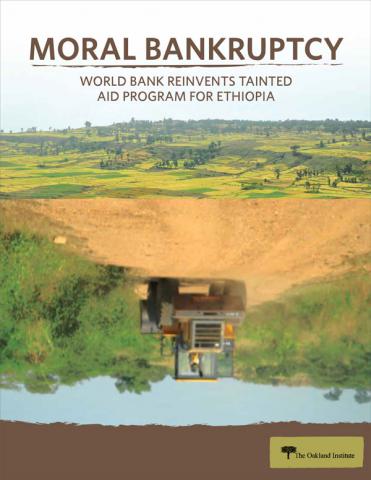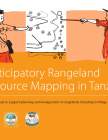Bringing insurance innovation to the pastoral areas of southern Ethiopia
This film describes the experience of Index-Based Livestock Insurance payouts in Borana, southern Ethiopia, in 2014, with interviews of livestock keepers, providers and partners.

